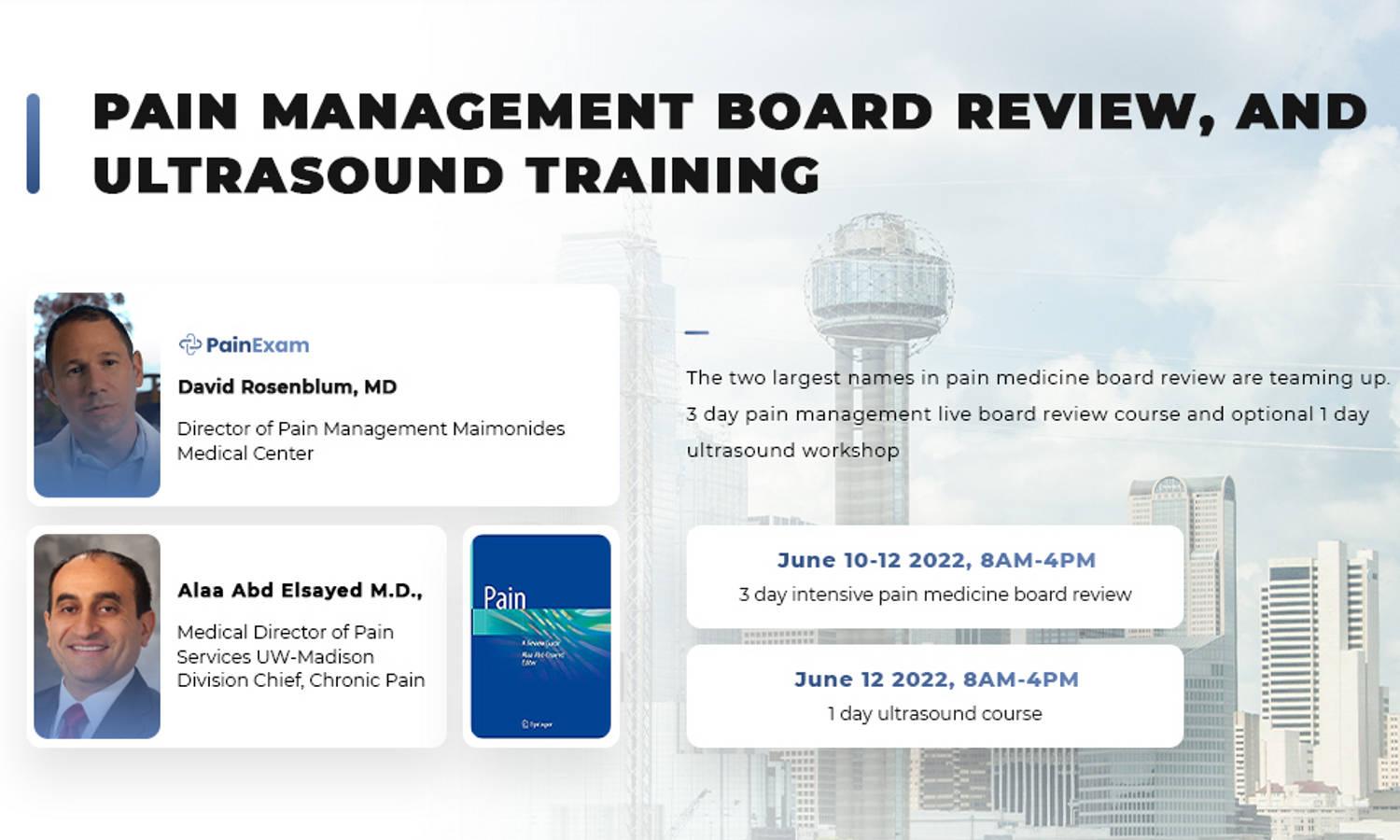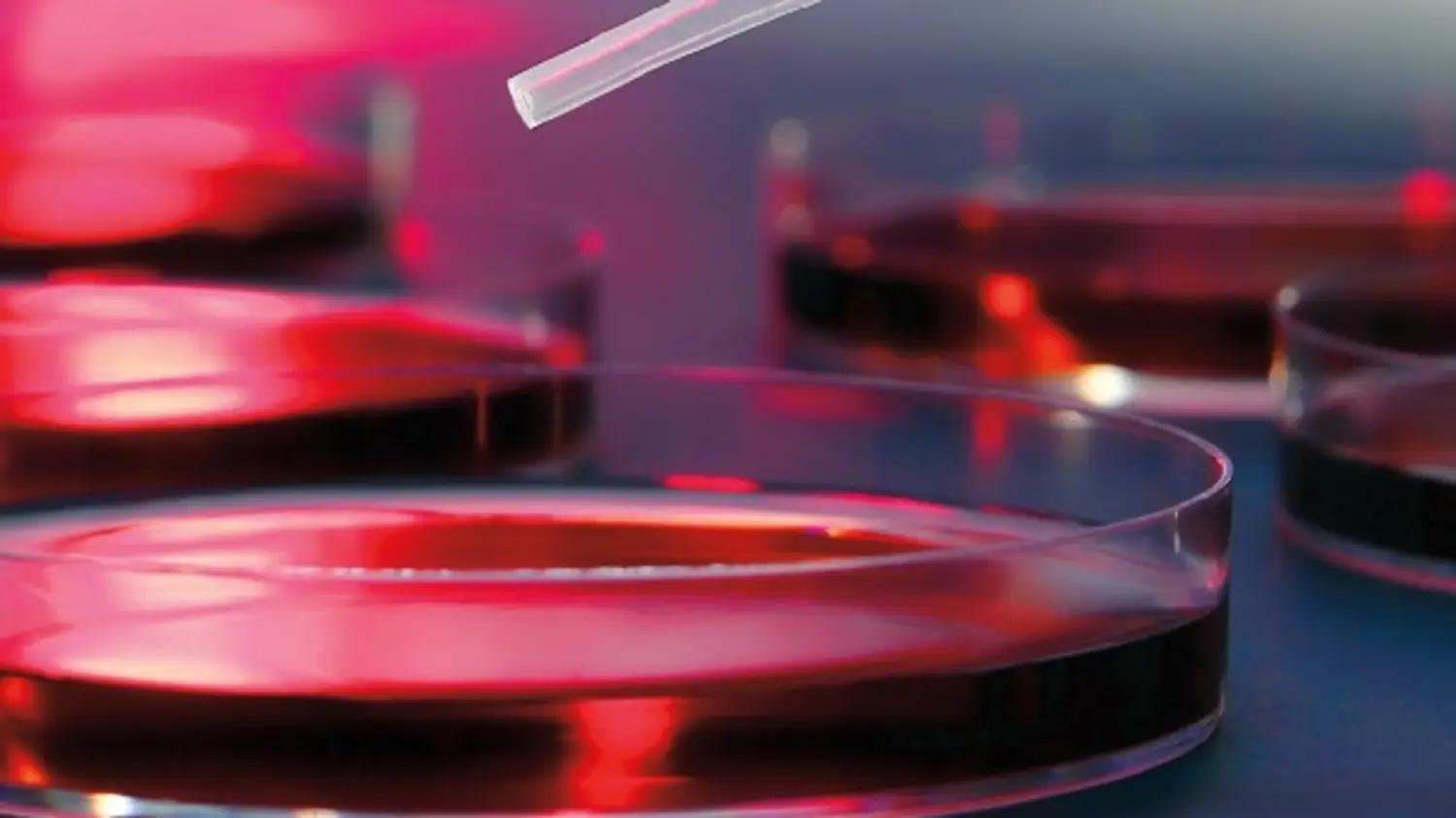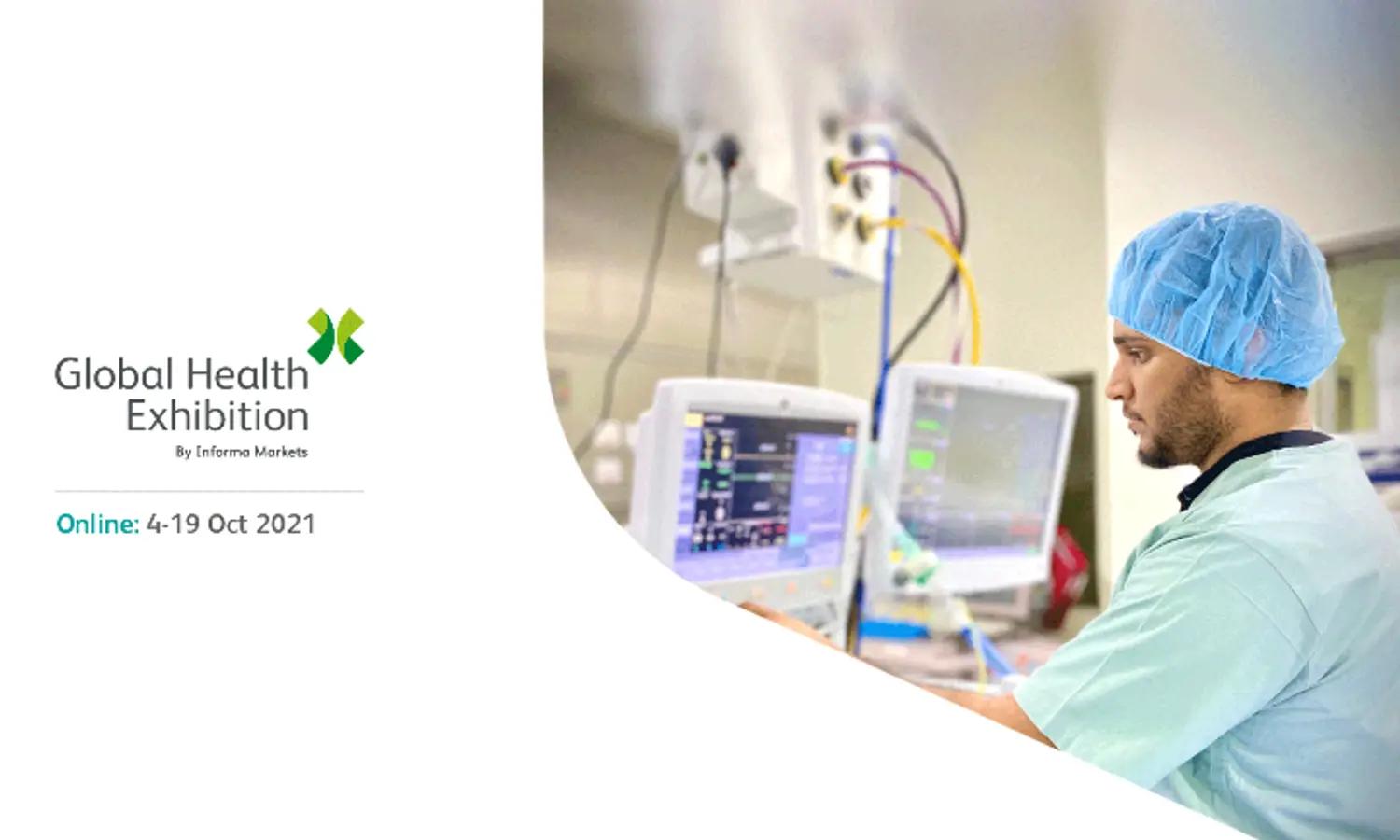
Radiation Exposure and Cancer Risk
 hosted byeRADIMAGING
hosted byeRADIMAGING
Radiation Exposure and Cancer Risk is organized by eRADIMAGING.
Release Date: 07/15/2019
Expiration Date: 8/1/2025
Course Description:
Ionizing radiation used in medical imaging provides both benefits and risks to patients and healthcare providers and accounts for more than half the radiation exposure experienced by the population in the United States. The word radiation evokes fear for many. Radiation can cause cancer in high doses, levels much higher than those used for routine x-rays or a single computed tomography (CT) scan. Misunderstanding of radiation and medical imaging thrives among both the public and healthcare providers. The risk of developing cancer as a result of exposure to radiation depends on the part of the body exposed, the individual’s age at exposure, and the individual’s sex. It is assumed that the risk for adverse health effects including cancer is proportional to the amount of radiation dose absorbed and that there is no amount of radiation that is complete without risk. There is considerable uncertainty regarding the risk estimates for low levels of radiation exposure as commonly experienced in diagnostic radiology procedures. However, one must also balance the risk of NOT performing an examination, which might result in missing a diagnosis and/or initiating treatment too late to improve the medical outcome. This review examines the data regarding the risk of cancer from ionizing radiation and suggests measures to consider when imaging both adults and children.
Abstract:
Ionizing radiation used in medical imaging provides both benefits and risks to patients and healthcare providers and accounts for more than half the radiation exposure experienced by the population in the United States. The word radiation evokes fear for many. Radiation can cause cancer in high doses, levels much higher than those used for routine x-rays or a single computed tomography (CT) scan. Misunderstanding of radiation and medical imaging thrives among both the public and healthcare providers. The risk of developing cancer as a result of exposure to radiation depends on the part of the body exposed, the individual's age at exposure, and the individual's sex. It is assumed that the risk for adverse health effects including cancer is proportional to the amount of radiation dose absorbed and that there is no amount of radiation that is complete without risk. There is considerable uncertainty regarding the risk estimates for low levels of radiation exposure as commonly experienced in diagnostic radiology procedures. However, one must also balance the risk of NOT performing an examination, which might result in missing a diagnosis and/or initiating treatment too late to improve the medical outcome. This review examines the data regarding the risk of cancer from ionizing radiation and suggests measures to consider when imaging both adults and children.
Learning Objectives:
After reading this article, the participant should be able to:
• Define the various terms used to describe radiation.
• Discuss differences in the effects of radiation on adults and children.
• Describe approaches to reduce radiation exposure to patients.









